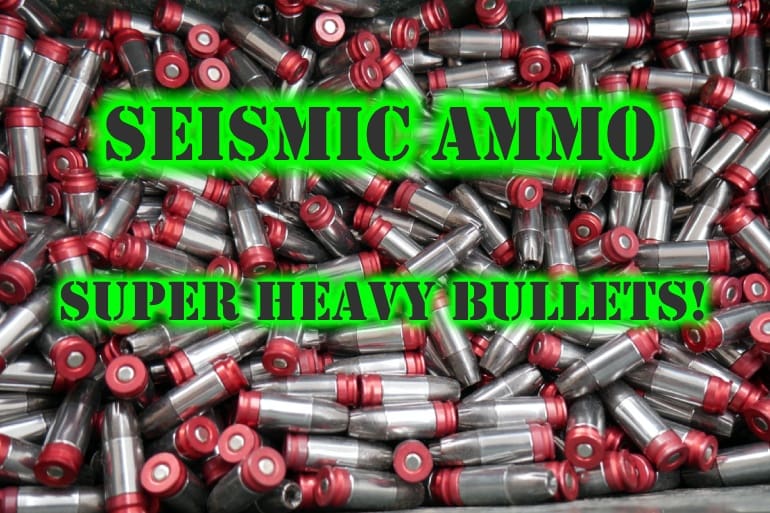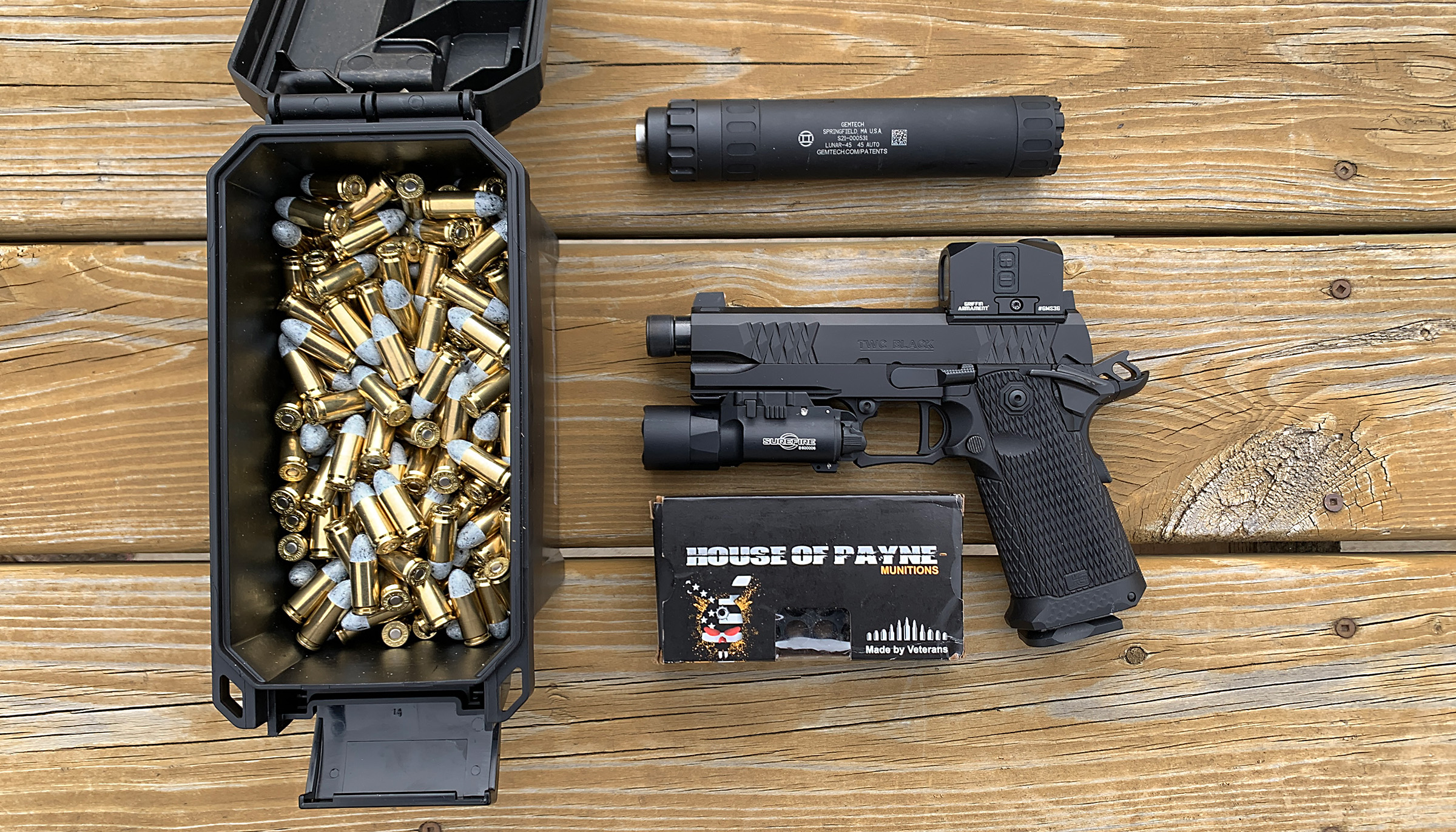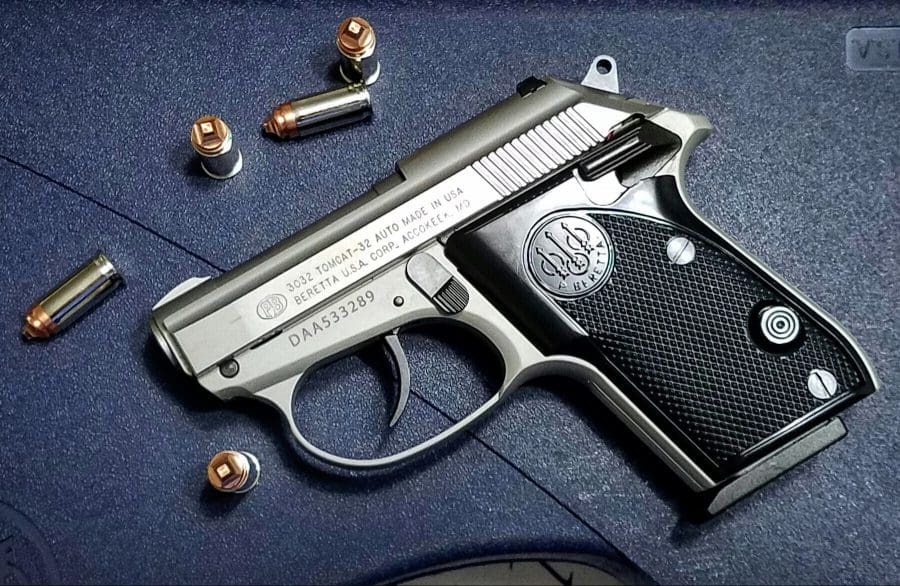https://www.youtube.com/watch?v=-pboH-R206U
At SHOT Show’s Range Day, Seismic Ammo unveiled their +M (extra mass) heavy ammo and let us shoot some. How heavy is heavy? How about 185 grain 9mm, 325 grain .45 ACP, and 2.5 ounce 12 gauge slugs . . .
Now, you would normally expect much more pronounced recoil from such a heavy-for-the-caliber projectile, but that wasn’t the case with the Seismic Ammo QuakeMaker. At least not in 185 grain 9mm flavor.
I shot a few rounds of standard pressure 115 grain self-defense hollow point ammo followed by a few rounds of QuakeMaker through an HK USP, and couldn’t really feel a difference. I then did the same thing with a CZ Scorpion EVO pistol, and the direct blowback action accentuated the recoil impulse and the QuakeMaker was unquestionably softer shooting. Not much, but it was there. And the opposite of what I expected.
I know what you’re thinking, and the answer is “no.” These aren’t compressed tungsten or anything exotic; they’re just lead and they’re just large bullets.
The real trick here isn’t the bullet, but the powder. Seismic Ammo has spent most of their development time and effort getting the correct powder blend that propels that large projectile to the desired speeds despite the small amount of space remaining in the case for the powder itself.
For the 9mm — perhaps all calibers, but when I spoke with them we were talking 9mm — it’s a slow-burning powder that’s only just fast enough to get the job done in a pistol barrel thanks to that heavy, slow projectile.
This slow-burning powder is also why the recoil impulse is gentle; more of a long push than a short snap thanks to a wider pressure curve with less of a spike.
At a muzzle velocity of 950 feet per second, QuakeMaker’s expansion is impressive.
Seismic Ammo’s ammo is packaged in 20-round boxes with a bonus round free and is loaded in Shell Shock’s very nice, 2-piece cases. Cost is about $1.38 per round for the 9mm.
As for 2.5 ounce shotgun slugs and 325 grain .45 ACP, they aren’t quite ready for prime time. But they’re coming soon.
And I’m certainly curious to shoot them!
And my sincere apologies for blowing out your speakers with that video. Please email Chris with your complaints.

















